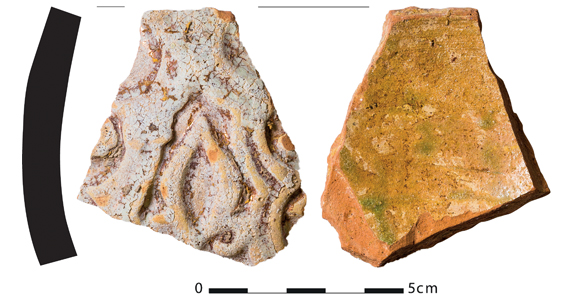
Excavations in Sint-Lievens-Houtem (Flanders, Belgium), an important medieval pilgrimage village, uncovered a fourteenth-century refuse pit. This feature contained a fragment of a rare Andalusī moulded lustreware vessel, dating to the mid or second half of the twelfth century. The reconstruction of the vessel’s itinerary aids in understanding how an object travelled from Muslim Spain to Catholic Flanders and why it ended up under Sint-Lievens-Houtem’s marketplace, about two centuries after its production. Traditional explanations of Crusades or trade seem unlikely or do not account for the entire trajectory of the vessel. These narratives are therefore extended with the incorporation of the vessel in Sint-Lievens-Houtem’s church treasury. This biographical approach offers a valuable framework to interpret the increasing number of Islamic finds across Europe, the way by which they travelled north and the contexts in which they functioned.